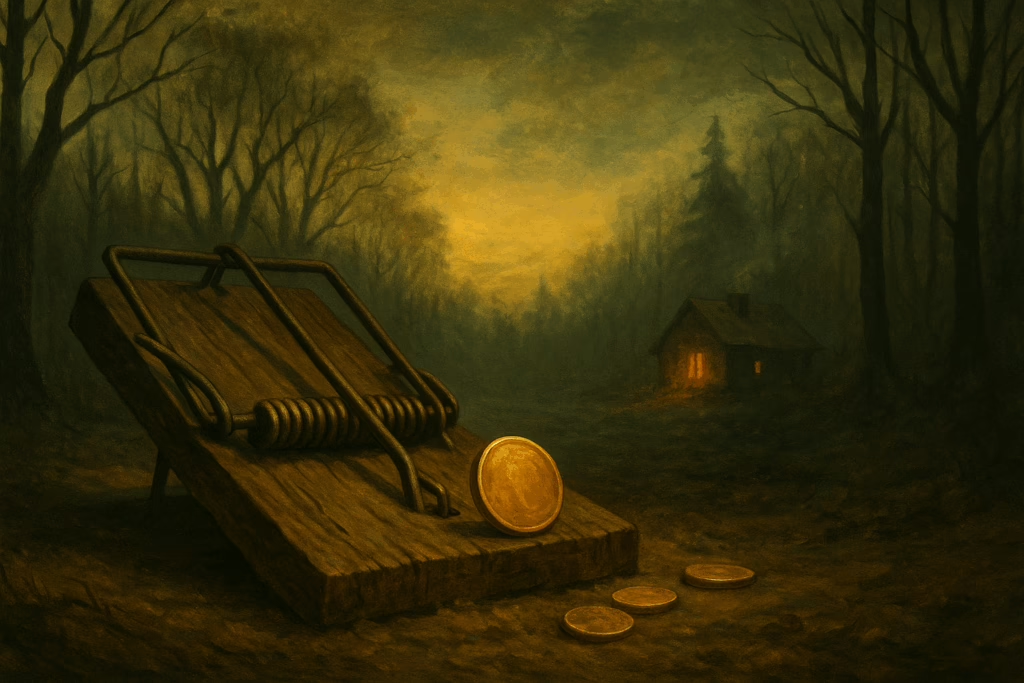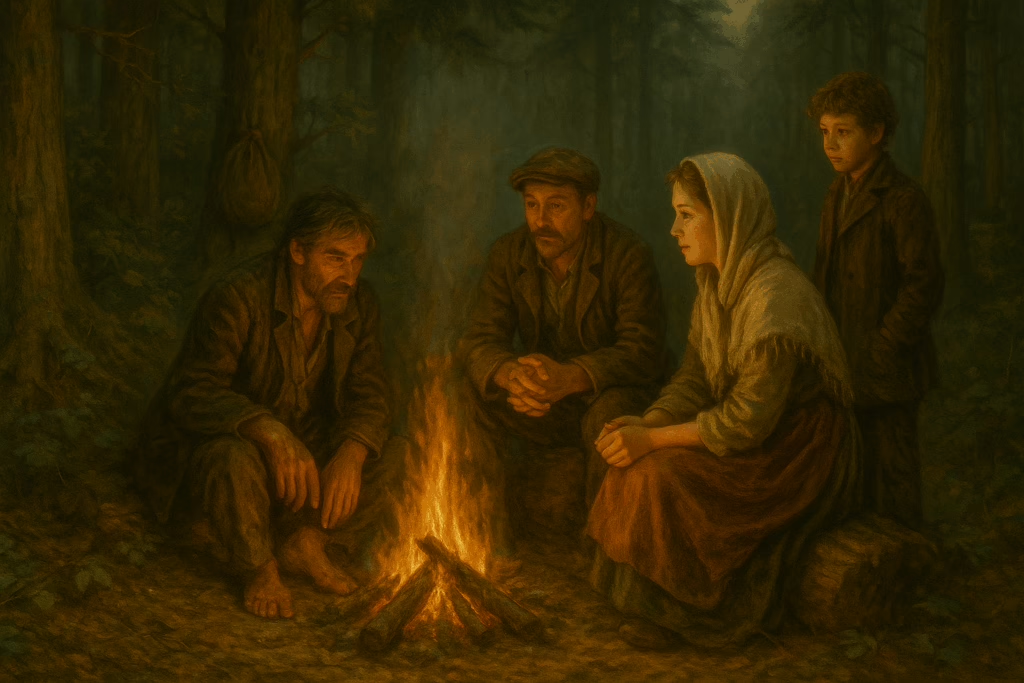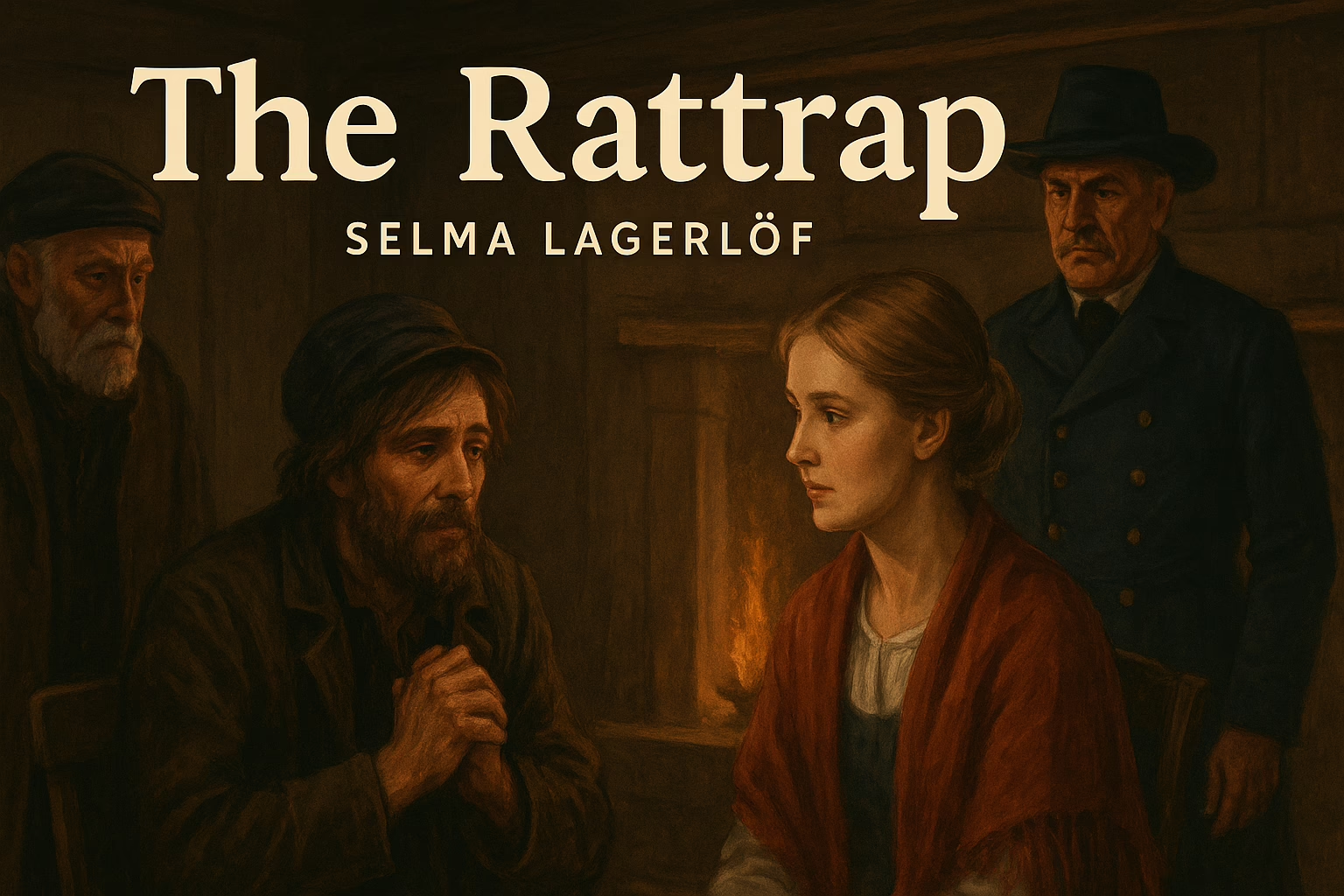Selma Lagerlöf’s The Rattrap is a profound story that explores human loneliness, the temptations of the world, and the redemptive power of kindness. Through the journey of a poor, wandering peddler—who imagines the world as a giant rattrap and eventually discovers his own capacity for honesty—the story raises important questions about morality, compassion, and the possibility of change. Characters such as the lonely crofter, the impulsive ironmaster, and the gentle Edla Willmansson help shape the peddler’s transformation, making the narrative rich with emotion and meaning.
To help students understand this chapter deeply and prepare effectively for CBSE Higher Secondary exams, this article brings together a comprehensive collection of Additional Questions and Answers. These include short and long responses, HOTS questions, extract-based practice, and value-based reflections designed to strengthen critical thinking and improve writing skills. By engaging with these questions, learners will be able to appreciate the moral depth of the story while mastering exam-oriented concepts with clarity and confidence.
Summary of the text along with solved textual questions can be found in the previous article.

A. SHORT ANSWER QUESTIONS (2–3 marks)
1. Why did the peddler feel a sense of pride when he imagined the world as a rattrap?
The peddler felt proud because the idea allowed him to see the world as something flawed and deceptive rather than blaming himself for his failures. The thought gave him emotional comfort and made him feel wiser than those who were tempted by material pleasures.
2. How does the forest become a symbol of the peddler’s inner turmoil?
The forest represents confusion, fear, guilt, and entrapment. As the peddler wanders in circles, unable to find his way out, the forest mirrors his moral entanglement after stealing the crofter’s money.
3. Why did the ironmaster decide to send his daughter to persuade the peddler?
The ironmaster believed that a woman’s gentle and respectful approach would succeed where his own failed. He also trusted Edla’s judgment and knew she was capable of convincing people with kindness.
4. What made the peddler feel uncomfortable after accepting Edla’s invitation?
He felt uncomfortable because he feared that once he reached the manor, the stolen thirty kronor would be discovered. He also felt guilty about taking advantage of Edla’s trust and innocence.
5. Why did the peddler sleep peacefully at the ironmaster’s house despite his fears?
He slept peacefully because, for the first time in years, he felt safe, respected, and treated like a human being. Edla’s warmth and trust temporarily dissolved his feelings of fear and insecurity.
6. What role does Christmas play in the story?
Christmas acts as a symbol of forgiveness, generosity, and the possibility of spiritual rebirth. It becomes the perfect backdrop for the peddler’s transformation from a petty thief into a man of conscience.
7. How does the letter addressed to Edla reflect the peddler’s redeemed self?
The letter shows humility, gratitude, and moral awakening. The peddler acknowledges his wrongdoing, returns the stolen money, and signs himself as “Captain von Stahle,” embracing the honour she gave him.

B. LONG ANSWER QUESTIONS (5–6 marks)
8. How does the story illustrate that compassion has transformative power?
The Rattrap demonstrates that compassion can change even those who seem morally lost. The crofter’s hospitality touches the peddler, though he betrays it. The ironmaster’s mistaken kindness confuses him. But Edla’s unconditional respect and gentle treatment awaken the goodness buried within him. She treats him as a guest and a human being, not as a criminal. Her kindness makes him reflect on his actions, leading him to return the stolen money and leave behind a letter of gratitude. The story sends the message that compassion can succeed where punishment and judgment fail, ultimately transforming a thief into an honourable person.
9. Discuss the theme of mistaken identity in the story. How does it shape the narrative?
Mistaken identity becomes the driving force of the plot. The ironmaster mistakes the ragged peddler for Captain Nils Olof, and this misunderstanding leads to the peddler’s invitation to the manor. The peddler’s reluctance, Edla’s gentle persuasion, and the ironmaster’s eventual embarrassment all stem from this error. The irony becomes apparent when the truth surfaces the next morning. However, the mistaken identity ultimately benefits the peddler, as Edla’s kindness allows him to experience dignity and moral upliftment. Thus, the theme shapes both the conflict and the resolution of the story.
10. Examine the character of Edla Willmansson and explain why she is central to the story.
Edla is the moral centre of the story. She is empathetic, gentle, and genuinely respectful towards the peddler. Unlike her father, she does not act impulsively or with pride. She recognises the peddler’s fear and vulnerability, and insists that he stays with them for Christmas, even after discovering his true identity. Her unwavering kindness eventually reforms him. Without her presence, the peddler would never experience dignity or redemption. Therefore, she is central not only to the emotional tone of the story but also to its moral transformation.
11. “The world is nothing but a big rattrap.” Discuss this statement in the context of the story.
The peddler’s metaphor reflects the idea that material temptations lure people into moral downfall. The peddler himself falls into the trap when he steals the crofter’s thirty kronor. The ironmaster falls into the trap of pride and hasty assumptions. Society often lures people with wealth and comfort, only to trap them in guilt, shame, or suffering. However, the story also shows that one can escape the rattrap through kindness, self-realisation, and moral courage. The metaphor thus highlights the universal human struggle between temptation and integrity.
C. HOTS (Higher Order Thinking Skills) QUESTIONS
12. Why does the peddler call himself a “rat” in his letter to Edla?
He calls himself a “rat” humorously but truthfully to acknowledge that he had behaved dishonourably by stealing. It reflects his humility, self-awareness, and willingness to correct his wrongs.
13. What does the story suggest about the relationship between poverty and morality?
The story suggests that poverty does not make a person immoral; rather, lack of compassion and opportunity leads to moral missteps. When the peddler receives genuine respect, he chooses honesty over temptation.
14. Why is the forest scene crucial to understanding the peddler’s transformation?
The forest mirrors the peddler’s conscience. When he loses his way after stealing, he realises the moral “trap” he has walked into. This moment of self-awareness prepares him for the transformation that comes later through Edla’s kindness.

D. EXTRACT-BASED QUESTIONS
Extract 1:
“The whole world had never been kind to him, so it gave him unwonted joy to think ill of it.”
a) Who is “him”?
“Him” refers to the rattrap peddler.
b) Why does thinking ill of the world give him joy?
It gives him joy because it allows him to mentally retaliate against a world that has treated him harshly.
c) What does this sentence reveal about his personality?
It shows that he is bitter, cynical, and emotionally wounded, yet capable of humour and imagination.
Extract 2:
“She treated him like a real captain.”
a) Who is “she”?
“She” refers to Edla Willmansson.
b) Who is being referred to as “him”?
The peddler.
c) How does this treatment affect him?
Her respectful treatment awakens his sense of dignity and inspires his moral transformation.
E. VALUE-BASED QUESTIONS
15. What moral lesson does the peddler’s transformation teach young readers?
It teaches that every person deserves dignity and a second chance. When treated with respect rather than judgment, even someone who has gone astray can rediscover goodness.
16. How does the story promote empathy and social responsibility?
It shows that small acts of compassion — a warm meal, a kind word, or trust — can profoundly improve someone’s life. It encourages readers to look beyond appearances and treat everyone with humanity.


